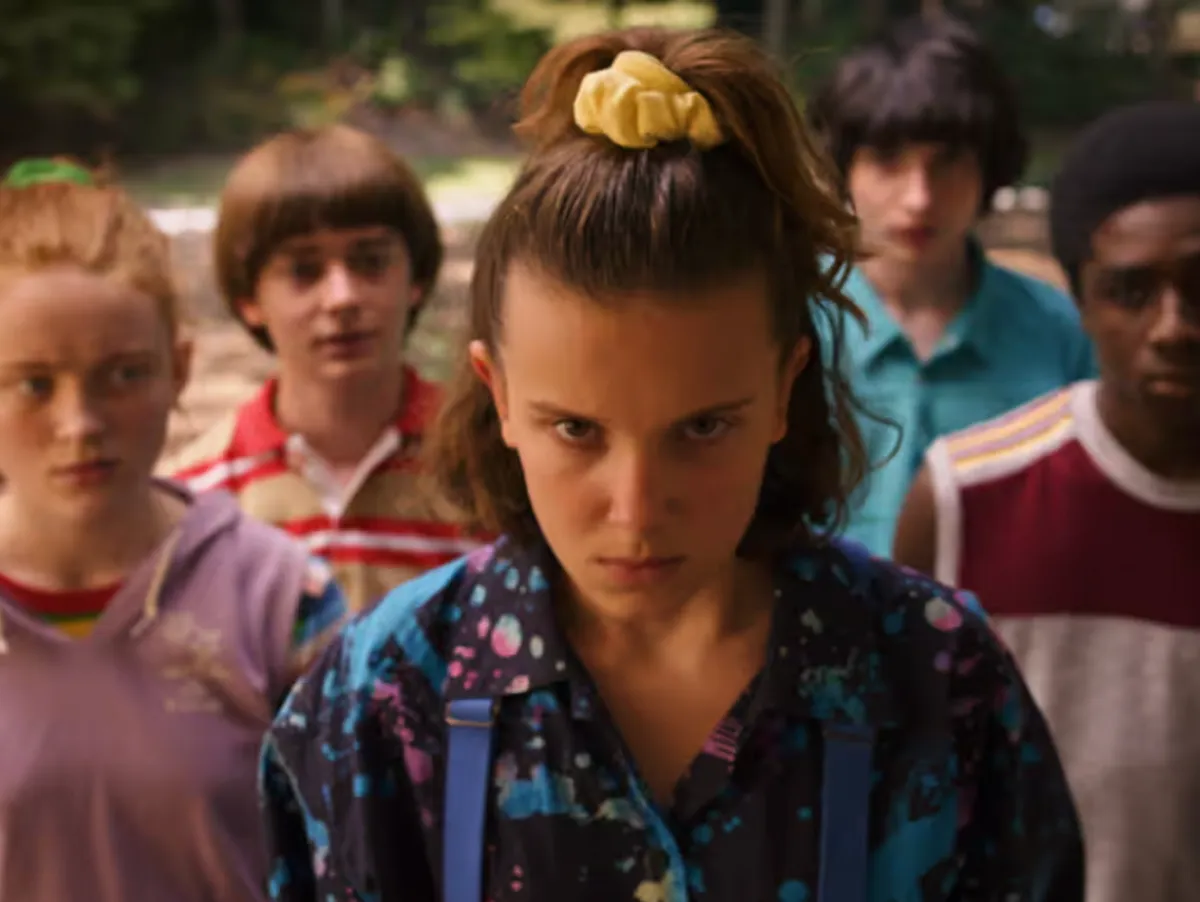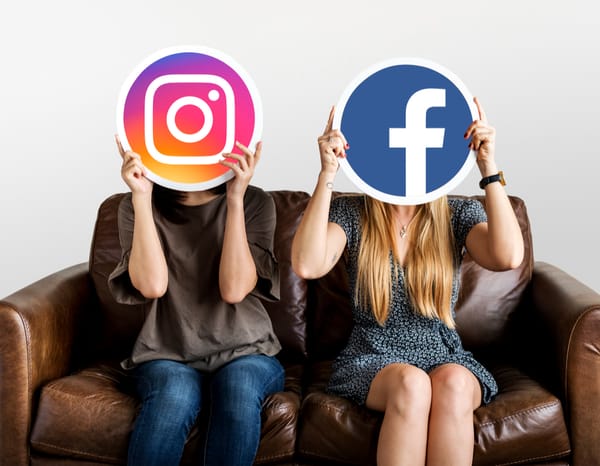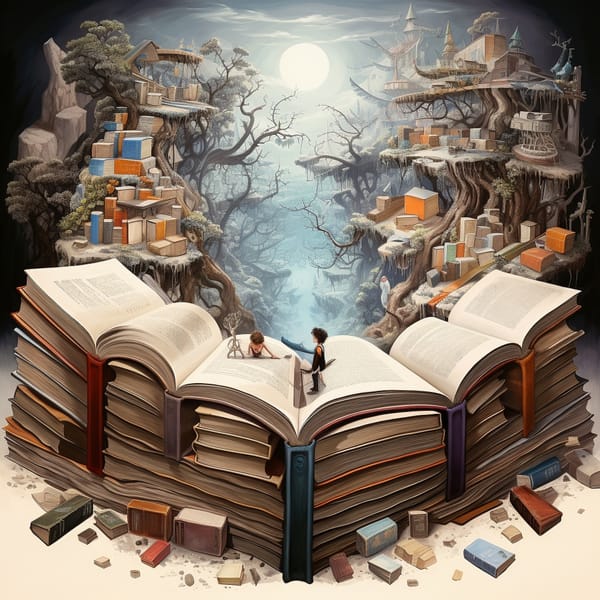The Power of Nostalgia: Stranger Things and 80s Storytelling in Modern Marketing
Just as Stranger Things has masterfully used 80s nostalgia to engage audiences, small businesses can harness similar techniques.

Picture this: You’re flipping through TV channels, and you stumble upon a scene straight out of the 1980s. Kids on bikes, synth-heavy music, and a mysterious small town vibe. You’re instantly transported back to the days of VHS tapes and arcade games. This is the magic of Stranger Things, a show that has masterfully harnessed the power of nostalgia to captivate audiences and redefine modern marketing.
Once Upon a Time in Hawkins
Imagine walking into a dimly lit basement in the fictional town of Hawkins, Indiana. The room is filled with vintage board games, posters of classic movies, and a group of kids playing Dungeons & Dragons. This scene, set in the 1980s, forms the nostalgic backbone of Stranger Things, a show that has not only captivated viewers but also demonstrated the immense power of nostalgia in storytelling and marketing.
Stranger Things taps into a collective yearning for the past, leveraging the cultural touchstones of the 80s to create a sense of familiarity and comfort. From the iconic soundtrack to the retro fashion, every detail is meticulously crafted to evoke memories of a bygone era.
The Power of Nostalgia in Marketing
“Stories are powerful because they connect us emotionally to information and provide context that allows us to understand it,” says Cole Nussbaumer Knaflic, a data visualisation expert. Nostalgia, in particular, creates a deep emotional connection by evoking fond memories and feelings of comfort.
Here’s why nostalgia is so effective in marketing:
1. Emotional Resonance: Nostalgia triggers positive emotions, making audiences more receptive to marketing messages.
2. Memorability: Nostalgic content is often memorable because it taps into long-term memories and personal experiences.
3. Differentiation: In a market saturated with modern and futuristic themes, nostalgia offers a unique and compelling alternative.
4. Trust Building: By evoking the past, brands can build trust and a sense of authenticity with their audience.
Crafting Nostalgic Narratives: A Step-by-Step Guide
So, how can brands effectively leverage nostalgia in their marketing? Let’s break it down:
1. Identify Relevant Nostalgic Elements:
Determine the era or cultural touchstones that resonate most with your target audience. For Stranger Things, it was the 1980s.
2. Integrate Authentic Details:
Use authentic details from the chosen era to create a believable and immersive experience. This includes music, fashion, technology, and cultural references.
3. Tell a Compelling Story:
Craft a narrative that integrates these nostalgic elements in a way that enhances the story rather than overshadowing it. Stranger Things uses its 80s setting to deepen the plot and characters.
4. Use Multi-Sensory Engagement:
Engage multiple senses to enhance the nostalgic experience. For example, use retro visuals, sounds, and even tactile elements like product packaging.
5. Balance Nostalgia with Modern Relevance:
Ensure that while the nostalgic elements are strong, the overall message and products remain relevant to today’s audience.
Real-World Success Stories
Stranger Things is a prime example of how nostalgia can be used effectively, but many brands have successfully harnessed this power. Let’s look at a few examples:
Coca-Cola’s New Coke Campaign:
In a brilliant move, Coca-Cola partnered with Stranger Things to reintroduce New Coke, a product from the 80s. This campaign not only tied into the show’s nostalgia but also sparked conversations and increased engagement with the brand.
Cadbury’s Crème Egg ‘Hunting Season’:
Cadbury leveraged nostalgia by bringing back their iconic Crème Egg adverts from the 80s and 90s, with a modern twist. They created an interactive ‘Hunting Season’ where consumers could find hidden eggs online and in real life. This campaign tapped into the nostalgia of those who remembered the original adverts while engaging a new generation with the interactive element.
Virgin Atlantic’s 80s-Inspired Uniform Relaunch:
To celebrate its anniversary, Virgin Atlantic reintroduced their iconic 80s uniforms designed by Vivienne Westwood. The campaign included a nostalgic look back at their history, featuring original adverts and photos from the 80s, alongside modern content. This blend of nostalgia and contemporary style resonated with both long-time customers and new flyers, highlighting the brand’s legacy and innovation.
The Evolution of Nostalgic Marketing
Nostalgia isn’t just about looking back; it’s about bringing the past into the present in a way that feels fresh and relevant. As technology and cultural trends evolve, so must our nostalgic marketing approach.
Here are a few tips for keeping nostalgic marketing fresh:
1. Update the Context:
While the core nostalgic elements remain, update the context to reflect modern values and sensibilities. For example, Stranger Things features diverse characters and contemporary themes within its 80s setting.
2. Interactive Experiences:
Create interactive and immersive experiences that enable audiences to engage with nostalgic elements. Virtual reality (VR) and augmented reality (AR) can be powerful tools for this.
3. Social Media Campaigns:
Use social media to create buzz and encourage audience participation. Hashtags, challenges, and user-generated content can amplify the nostalgic experience.
Bringing Your Nostalgic Story to Life
Just as Stranger Things has masterfully used 80s nostalgia to engage audiences, small businesses can harness similar techniques. Here are a few steps to get started:
1. Research Your Audience: Understand the era or cultural elements that resonate most with your target demographic.
2. Curate Authentic Details: Use authentic visuals, sounds, and references to create a believable nostalgic experience.
3. Craft a Narrative: Develop a story that weaves these elements into a compelling and relevant narrative.
4. Engage the Senses: Enhance the nostalgic experience by engaging multiple senses.
5. Stay Relevant: Ensure that while the nostalgic elements are prominent, your overall message remains relevant to today’s audience.
The Never-Ending Story
Nostalgia is a powerful tool in storytelling and marketing, but it’s not static. As cultural trends and audience preferences evolve, so must our nostalgic marketing approach. By continuously refining our narratives and integrating fresh, relevant elements, we can create enduring connections with our audience.
In the world of marketing, as in storytelling, nostalgia offers a unique way to connect, engage, and inspire. By mastering this art, brands can transform from mere names to cherished memories, much like the beloved show Stranger Things has done with its audience.
By following this comprehensive style guide, each article will maintain consistency, engagement, and a high standard of quality, ensuring they align with the brand’s voice and mission while effectively connecting with the audience.
Photograph: Courtesy of Netflix




